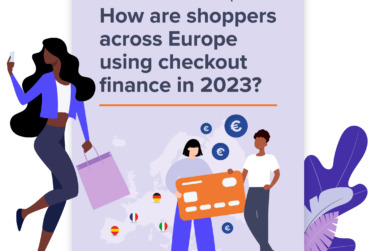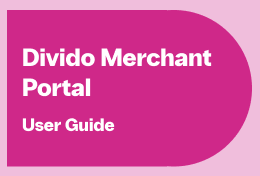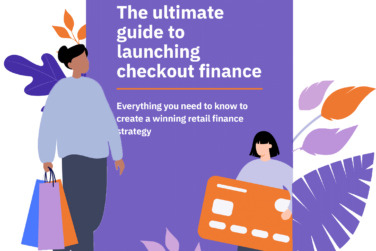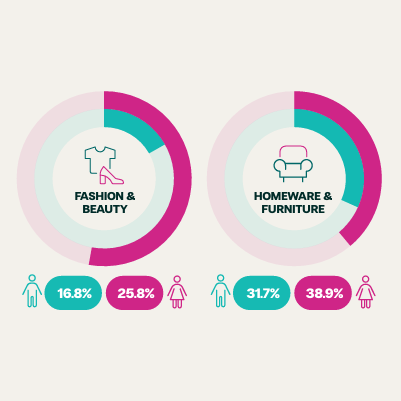What does the typical checkout finance user look like in 2023?

In February 2023, Divido commissioned one of the biggest ever surveys of its kind, looking at how consumers in the UK are using checkout finance (‘Buy Now, Pay Later’) and how they view this up-and-coming form of payment.
What does the average BNPL user look like?
As a result of this survey, we have painted a picture of what the average checkout finance or Buy Now, Pay Later user looks like in the UK.
33 years old
The single greatest majority of checkout finance users are between the ages of 31 and 35 years old (12.3%).
Female
59% of checkout finance users are women.
Lives in South-East England
The largest demographic of checkout finance users (13.4%) lives in the South East, closely followed by London (12.5%) and the North West (11.5%).
Married
Almost half (48.4%) of checkout finance users are married, with 19.6% in a domestic partnership. Meanwhile, 23.9% are single.
No children
46.4% of checkout finance users have no children, while 44.2% have children below the age of 18.
Works full-time
Only 3.3% of checkout finance users claimed to be unemployed. The greatest majority of users were in full-time employment (47.8%).
Healthcare worker
Checkout finance users work in all sorts of industries, but the single greatest majority (10%) work in healthcare..
Manager
17.4% of users claim to be managers, while 14.1% are assistants.
Low earner
The majority of checkout finance users are at the lower end of the household income scale, with 18.8% of households earning less than £15,000 per annum.
Homeowner
More than half (57.2%) of users own their own house or flat, while 36.7% are renting.
Animal lover
77.3% of checkout finance users have at least one pet, with 46.9% owning a dog and 34.6% owning a cat.
Fashionista
The average shopper tends to use checkout finance to purchase fashion and beauty items (38%), but may also be tempted by furniture and homeware (36%) and electronics (30.9%).
Checkout finance advocate
95% of people who have used checkout finance in the past would be open to using it again in the future.
Comfortable with borrowing
Checkout finance users are slightly more likely than average to say they would also finance large purchases with a credit card, overdraft or personal loan, or even by borrowing from friends and family.
Of course, we mustn’t get carried away believing that all checkout finance shoppers look the same. Our survey found that Buy Now, Pay Later and checkout finance are popular among almost all demographic groups (with some notable exceptions).
But this certainly goes some way to defeating the stereotype of checkout finance shoppers being predominantly Generation Z, bad with money and financially vulnerable – a picture we know the media loves to paint!
What do you think? Does this checkout finance user look familiar to you? Or does your business tend to come from another demographic?
Keen to know more?









